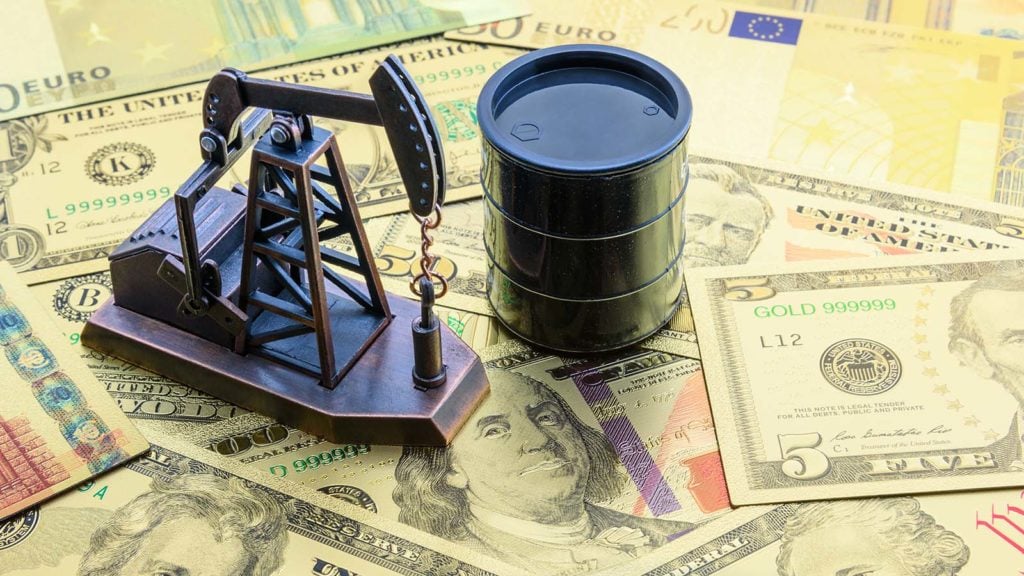Whiting Petroleum (NYSE:WLL) stock is rallying after exiting from bankruptcy proceedings. It’s interesting that both before and after Chapter 11, WLL stock rallied.

But like a lot of stocks these days, this unusual bit of momentum trading is down to Robinhood app traders. Despite weak fundamentals, WLL stock got pushed to unreasonable heights, but it will soon crater down to earth once again.
What’s more important is that, in the aftermath of the bankruptcy proceedings, bondholders instead of stockholders will decide the future of the company. Bottom line: Best to avoid losses and part ways with the stock.
WLL Stock Is Less Valuable Than the Bonds
It’s not a great time to be invested in WLL stockholder. In the aftermath of Chapter 11 restructuring, stockholders got 3% of the new equity. The rest has gone to the bondholders. That will have significant repercussions in the running of the organization.
Debt holders tend to be more conservative in the way that they direct things in comparison to stockholders. I think that is what the company needs at this point, considering the debt-laden spending spree it was on before bankruptcy proceedings started.
That’s why the major question investors had in the run-up to the exit was whether to invest in stocks or bonds. But even after the company has emerged from bankruptcy proceedings, shares don’t have any real value at this stage. This is because most of the decision making is now in the hands of bondholders. They have access to 97% of the new equity.
Despite being so valuable, the bonds traded at 20 cents apiece – pretty straightforward what was the better investment.
New Management Has its Work Cut Out
Undoubtedly, the biggest reason for Whiting’s bankruptcy was the dramatic fall in crude oil prices due to the novel coronavirus. However, management was also responsible for several missteps that led to the Chapter 11 filing.
There’s still a lot of chatter on the company’s hedging strategy and how it contributed to its woes during the pandemic. Despite slashes in capex and operating budgets, the company still faced an almost impossible task to curb losses.
Whiting hedged for 10.19 million barrels of crude oil for this year. That amounted to 39.7% of its guided oil output and 24.2% in aggregate production for 2020. Having hedged at $55 per barrel, the company found itself wanting when Covid-19 decimated oil prices.
When the company tapped the remaining $650 million available under its revolving credit facility, things became more apparent. Before that, there was uncertainty about whether the company would go bankrupt. The decision to use the credit facility made it clear that WLL was gearing up for Chapter 11.
It was evident in the aftermath that a shake-up was necessary. And that’s what we have gotten.
James Henderson is taking over as CFO from Correne Loeffler. Bradley Holly is also out as CEO. He and Loeffler received multi-million dollar payouts from the company just days before the company filed for bankruptcy. The move once again raised eyebrows and concerns regarding the management.
The reconstituted board has a challenging task ahead. They have the unenviable task to rebuild the company’s reputation and navigate it through a business environment that remains stressed.
Summing Up
From a fundamental perspective, WLL stock isn’t worth much. The spikes seen before and after bankruptcy are down to Robinhood app traders. We’ve seen similar activity when other firms have recently filed for bankruptcy like Hertz (NYSE:HTZ) and JC Penney (OTCMKTS:JCPNQ).
The trading volumes experienced in all these cases are irrational. Even after exiting Chapter 11, I don’t think the company’s shares offer significant long term value. Here’s hoping the new leadership will help steer the organization through this challenging time.
Until oil prices start to move north of $55, it would be best to stay away for WLL stock.
Disclosure: On the date of publication, Faizan Farooque did not have (either directly or indirectly) any positions in the securities mentioned in this article.
Faizan Farooque is a contributing author for InvestorPlace.com and numerous other financial sites. He has several years of experience in analyzing the stock market and was a former data journalist at S&P Global Market Intelligence. His passion is to help the average investor make more informed decisions regarding their portfolio.
